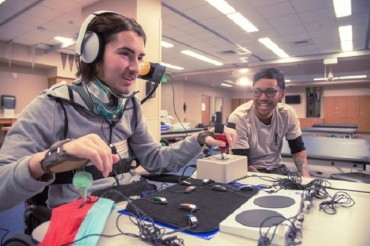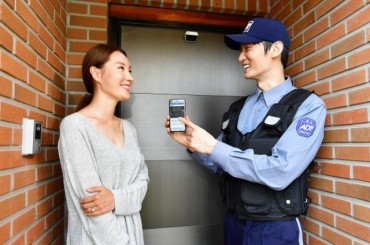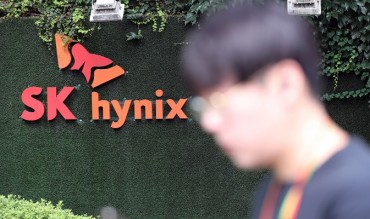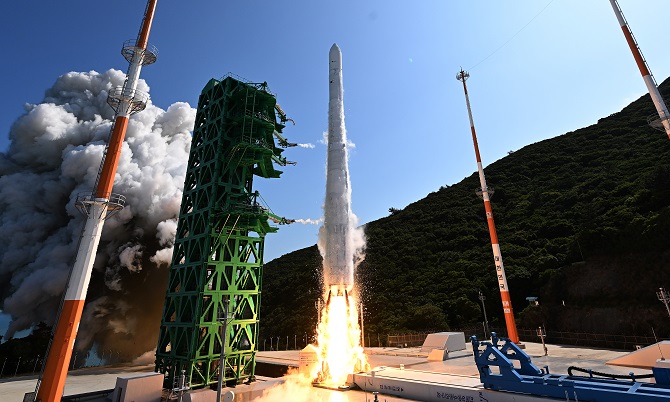
South Korea’s homegrown space rocket Nuri lifts off from Naro Space Center in Goheung, South Jeolla Province, southwestern South Korea, on June 21, 2022, as the country makes a second attempt to put satellites into orbit. (Pool photo) (Yonhap)
SEOUL, June 21 (Korea Bizwire) — South Korea on Tuesday successfully launched its homegrown space rocket Nuri in the second attempt to put satellites into orbit, reaching a major milestone in the country’s space program.
The 200-ton Nuri, also known as KSLV-II, blasted off from the Naro Space Center in the country’s southern coastal village of Goheung at 3:59:59.9 p.m. and successfully completed its flight sequence, according to the Ministry of Science and ICT.
The rocket also deployed satellites at the target altitude of 700 kilometers as planned. Of those, a performance verification satellite successfully reached its orbit, according to officials.
According to Korea Aerospace Research Institute (KARI), Nuri’s first stage rocket separated 123 seconds after launch at an altitude of 62 kilometers, followed by its fairing and second stage rocket separations at altitudes of 202 kilometers and 273 kilometers, respectively.
The performance verification satellite was deployed 875 seconds, or 14 minutes 35 seconds, after the launch.
Lee Sang-ryool, head of KARI, said “all phases of the launch proceeded normally” and that the satellites were deployed “at exactly the intended altitude and speed.”
KARI also confirmed that the satellite made its first communication with S. Korea’s King Sejong Station in Antarctica some 40 minutes after the launch.
“We have arrived at a monumental moment not just in South Korea’s science technology history but for South Korea’s history as well,” Science Minister Lee Jong-ho said in a briefing at Naro Space Center.
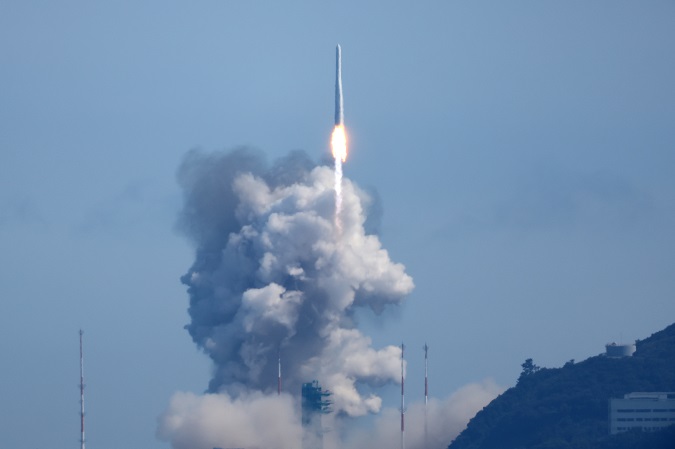
South Korea’s homegrown space rocket Nuri lifts off from Naro Space Center in Goheung in southwestern South Korea on June 21, 2022. (Pool photo) (Yonhap)
South Korea has become the seventh country in the world to develop a space launch vehicle that can carry a more than 1-ton satellite, after Russia, the United States, France, China, Japan and India.
It also means South Korea has now secured the key independent technology for developing and launching space rockets carrying homegrown satellites, opening up a new era in the country’s space program.
President Yoon Suk-yeol lauded the successful launch of the homegrown space rocket Nuri, saying South Korea has opened “a path to space.”
“Now, a path to space has been opened from the Republic of Korea,” Yoon told researchers involved in the launch in a video conference.
Yoon said the government will establish an aerospace agency and systematically support the aerospace industry.
Tuesday’s launch was Nuri’s second liftoff after its first attempt ended in failure.
In October, Nuri successfully flew to its target altitude of 700 kilometers but failed to put a dummy satellite into orbit, as its third-stage engine burned out earlier than expected.
KARI engineers reinforced an anchoring device of the helium tank inside Nuri’s third-stage oxidizer tank.

South Korea’s homegrown space rocket Nuri lifts off from Naro Space Center in Goheung, southwestern South Korea, on June 21, 2022, as the country makes a second attempt to put satellites into orbit. (Yonhap)
This time, Nuri was loaded with the 162.5-kilogram performance verification satellite meant to test the rocket’s capabilities, and four cube satellites, developed by four South Korean universities for academic research purposes, along with a 1.3-ton dummy satellite.
The cube satellites, which are currently joined to the performance verification satellite, are scheduled to be separated in turns from June 29 after the main satellite is stably positioned in its orbit.
South Korea, a relative latecomer to the global space development race, has invested nearly 2 trillion won (US$1.8 billion) in building Nuri since 2010. South Korea’s rocket launches ended in failures in 2009 and 2010.
In 2013, South Korea successfully launched its first-ever Naro space rocket, though its first stage was built in Russia.
The country aims to conduct four additional Nuri rocket launches by 2027. South Korea has also launched a preliminary feasibility study for the successor to the Nuri with the goal of sending a lunar landing module to the moon in 2031.
(Yonhap)



